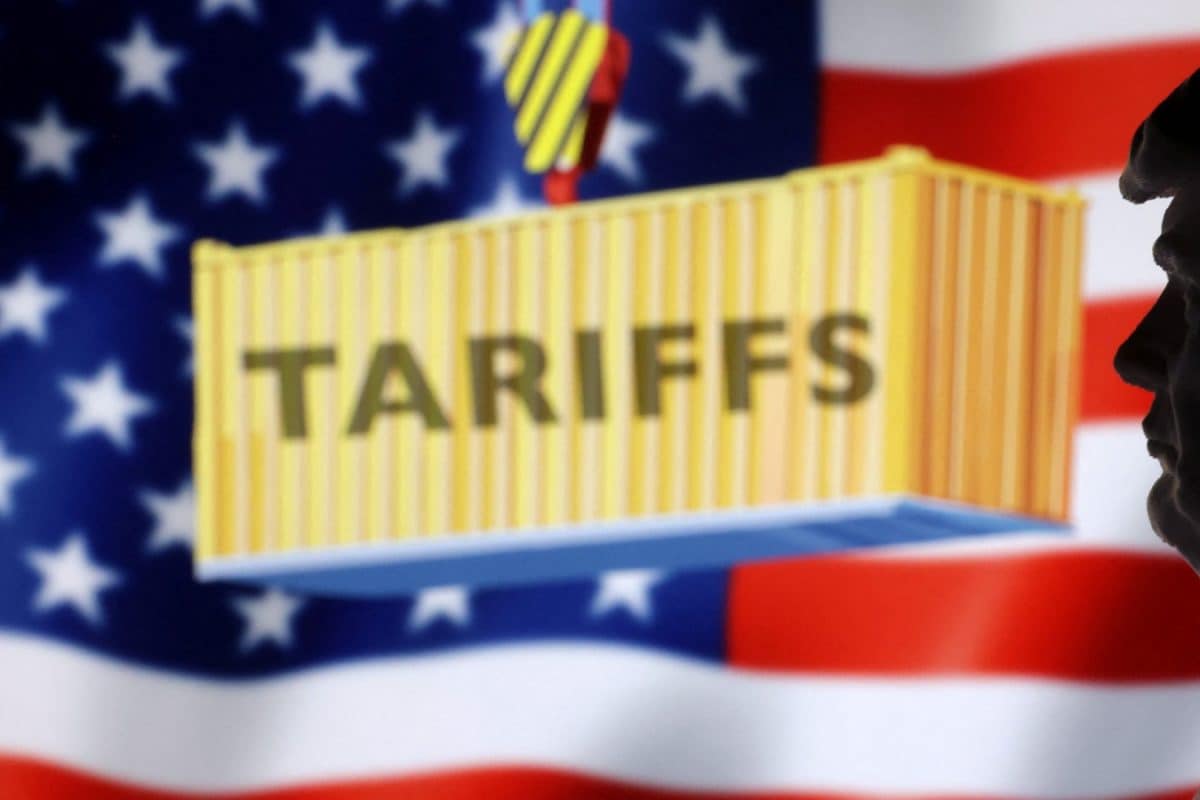

India Inc. has expressed disappointment over the recent decision by U.S. President Donald Trump to impose a 25% tariff, along with an unspecified penalty, on goods imported from India. The tariffs, set to take effect on August 1, 2025, have raised concerns about their potential impact on Indian exports and overall trade relations between the two countries.
Industry bodies, including FICCI, have voiced hope that this measure will be temporary and that a permanent trade deal can be secured soon. FICCI President Harsha Vardhan Agarwal emphasized that while the tariffs are unfortunate and will affect exports, he remains optimistic that ongoing discussions will lead to beneficial outcomes for both nations. He noted that India has been actively negotiating a bilateral trade agreement (BTA) with the U.S. since the beginning of the year but has resisted specific demands that are not in its national interest.
The Confederation of Indian Textile Industry (CITI) acknowledged that the new tariff rate presents a significant challenge for the textile sector. Despite this, CITI remains hopeful that the issue will be resolved once the proposed BTA is in place, recognizing the U.S. as India's largest market for textile and apparel exports. Recent data indicates that U.S. imports of textiles and apparel from India reached $4.59 billion between January and May 2025, marking a 13% increase compared to the same period last year.
President of PHDCCI, Hemant Jain, suggested that while the tariffs may momentarily impact Indian MSMEs, they also present an opportunity. Rahul Mehta, Chief Mentor of the Clothing Manufacturers Association of India, cautioned that the tariffs could make Indian products 7% to 10% more expensive than those of competitors, potentially hurting apparel exports to the U.S. However, he also noted that the recently signed FTA with the UK and ongoing FTA negotiations with the EU could help mitigate the impact.
Trump has defended the tariffs by stating that India's tariffs are among the highest in the world and that the country has "obnoxious non-monetary trade barriers". He also cited India's ties with Russia, particularly its energy purchases, as a reason for the tariffs. Trump has also pointed to the trade surplus the U.S. has with India, which amounted to $41.18 billion in FY25.
The Indian government has responded by stating that it has taken note of Trump's announcement and is studying its implications. The government reiterated its commitment to negotiating a fair, balanced, and mutually beneficial bilateral trade agreement with the U.S. and emphasized its dedication to protecting the interests of Indian farmers, entrepreneurs, and MSMEs. The government also affirmed that it will take all necessary steps to secure India's national interests, as it has done with other trade agreements.
The tariffs are expected to disproportionately affect sectors such as gems and jewelry, pharmaceuticals, textiles, and electronics. The Gem and Jewellery Export Promotion Council expressed deep concern, stating that the tariffs could disrupt supply chains and threaten livelihoods, particularly within the gems sector. They noted that the U.S. accounts for over $10 billion of India's exports from the industry and that the tariffs will inflate costs and delay shipments.
The pharmaceutical industry, with $12.5 billion in exports, is also expected to face increased scrutiny. Companies like Gland Pharma and Aurobindo Pharma, which derive a significant portion of their revenue from the U.S., could face earnings risks due to reduced competitiveness of Indian generics.
Overall, India Inc. views the imposition of tariffs as an unfortunate development but remains hopeful that a long-term solution can be reached through continued negotiations and the establishment of a comprehensive trade agreement that benefits both countries.